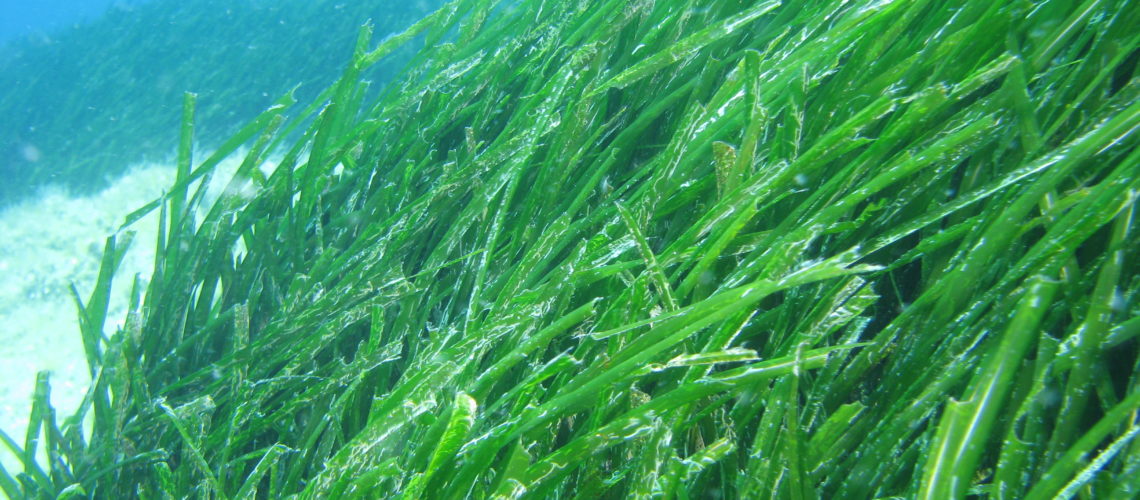
In terms of climate change mitigation and adaptation, everyone agrees that terrestrial forests need to be preserved. But P. oceanica meadows also store significant amounts of carbon in their surrounding sediment, and are under great human impact which can lead to the release of additional amounts of carbon dioxide into the atmosphere. In addition to all the known roles that this type of plant has (oxygen production, important habitat, coastal erosion protection, supporting biodiversity), carbon storing is another important role for which it needs better protection.
The past two years have surely been marked by our first participation in a project that has been co-financed by MedPAN, a network of protected area managers whose official partners we became in 2018. As partners to the main holder, Public Institution Nature Park Telašćica, we implemented the project entitled “Development of guidelines for the application of blue carbon in the Management Plan of MPA Telašćica”, working in partnership with the University of Zadar, Department of Ecology, Agronomy and Aquaculture and the collaboration of the Group of Aquatic Macrophyte Ecology (GAME; game-csic.com) from the Spanish Council for Scientific Research (CSIC; csic.es).
The first and extremely important activity of the project was the initial workshop where we had the honor to host Dr. Miguel A. Mateo who has been leading and implementing similar projects in other countries for over 10 years. We spent a few days with him and with Dr. Candela Marco, member of his team, during which they introduced us to the methodology and means of sampling and analysis, as well as to the path of monetization of the Blue Carbon into the voluntary markets, with an in situ demonstration and a seminar consisting on three presentations:

Blue Carbon: Big numbers and fundamentals.
Blue Carbon: Field and Laboratory methods.
Blue Carbon: Path to monetization.
Afterwards, in October 2019., we held an open conference-workshop on the island of Dugi otok in Sali. The workshop was held with and for representatives of other important stakeholders in nature protection in Croatia. The workshop gathered various representatives who were presented with the results of LIFE Blue Natura project (carried out by our mentors Dr. Miguel A. Mateo and Dr. Candela Marco) and the ideas and activities of our project. Between sets of lectures and discussions, we exchanged knowledge and many years of experience, expanded our perspective on taking action and received extremely valuable advice for conducting field research that awaited us.
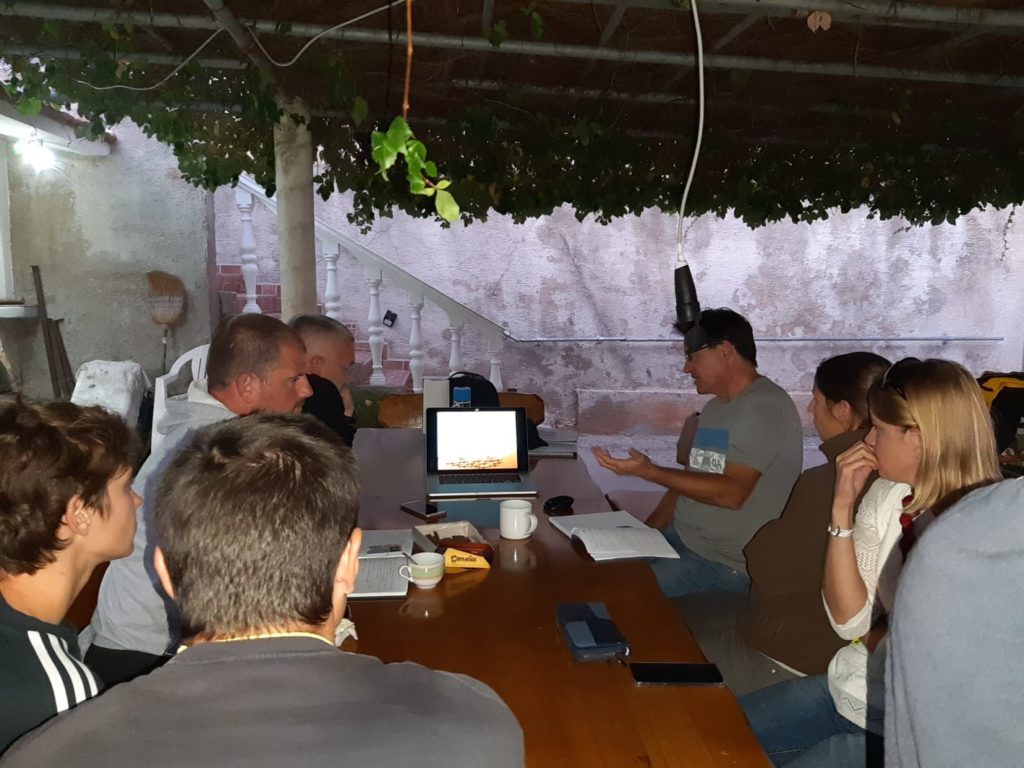
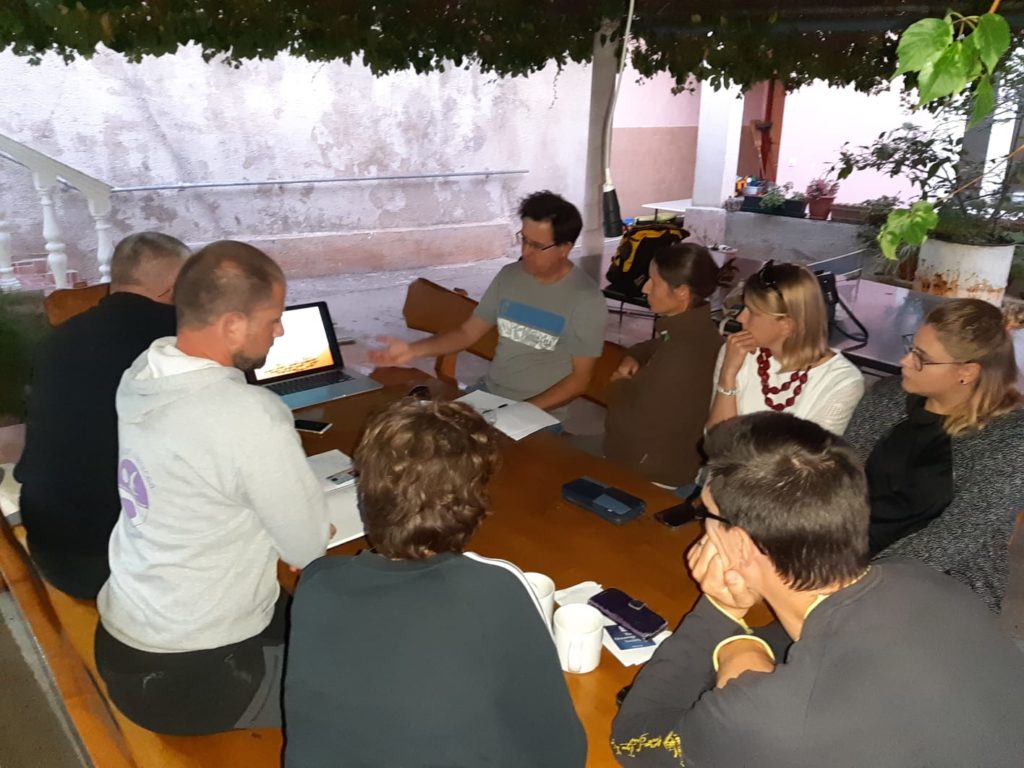
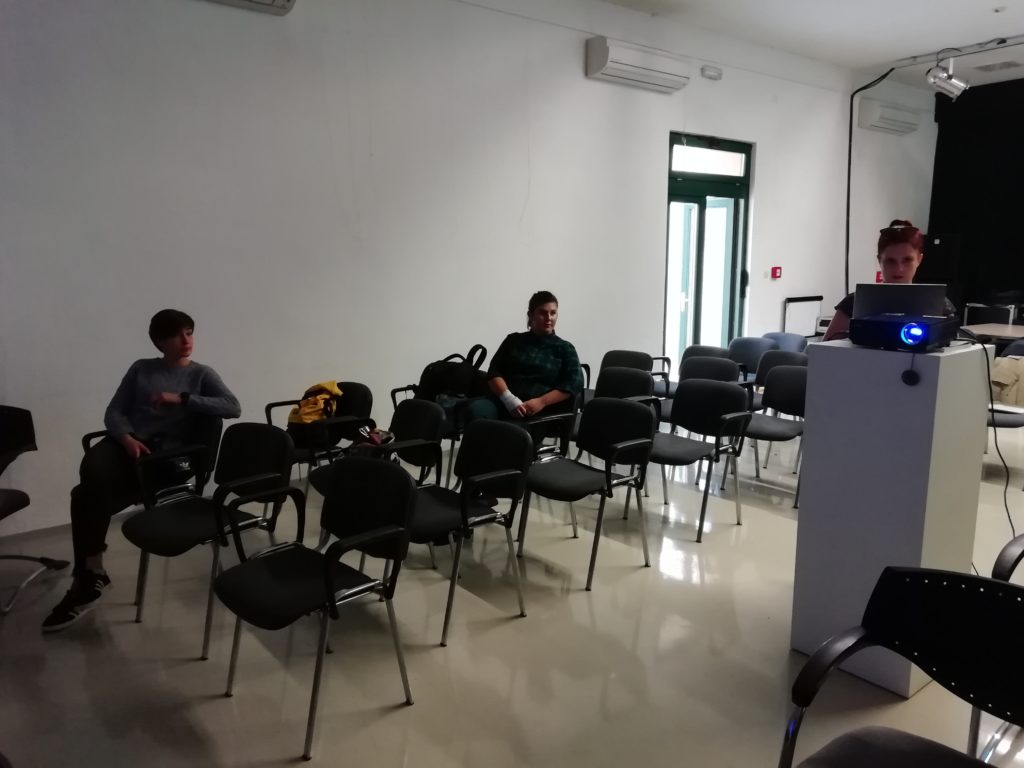
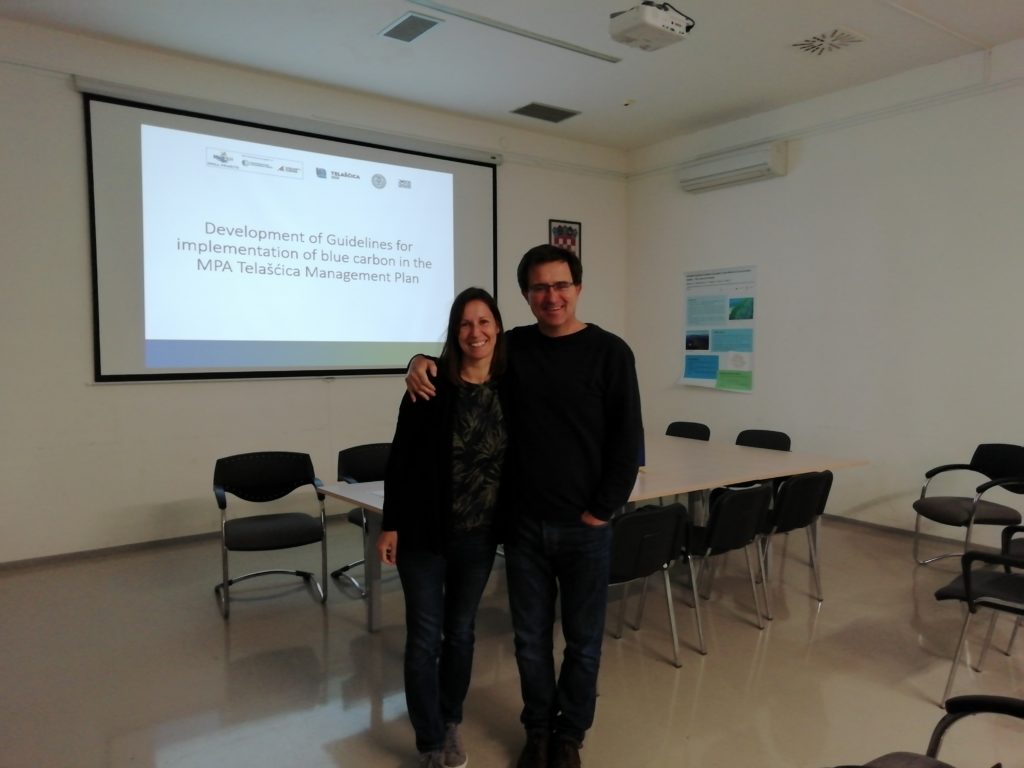
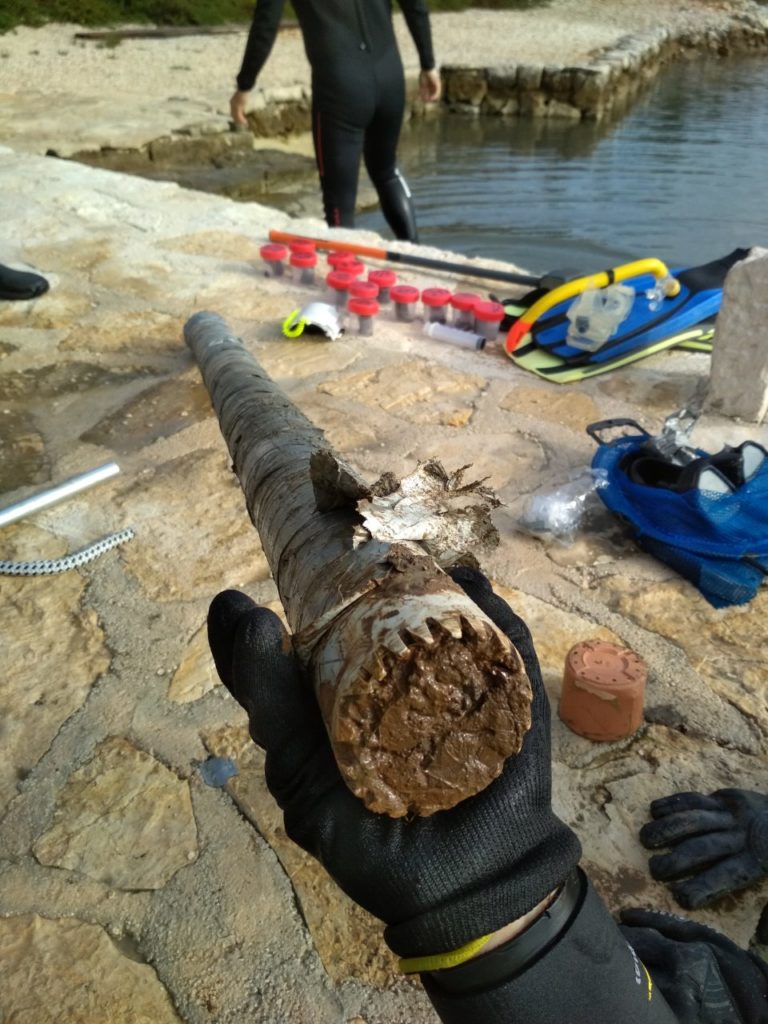
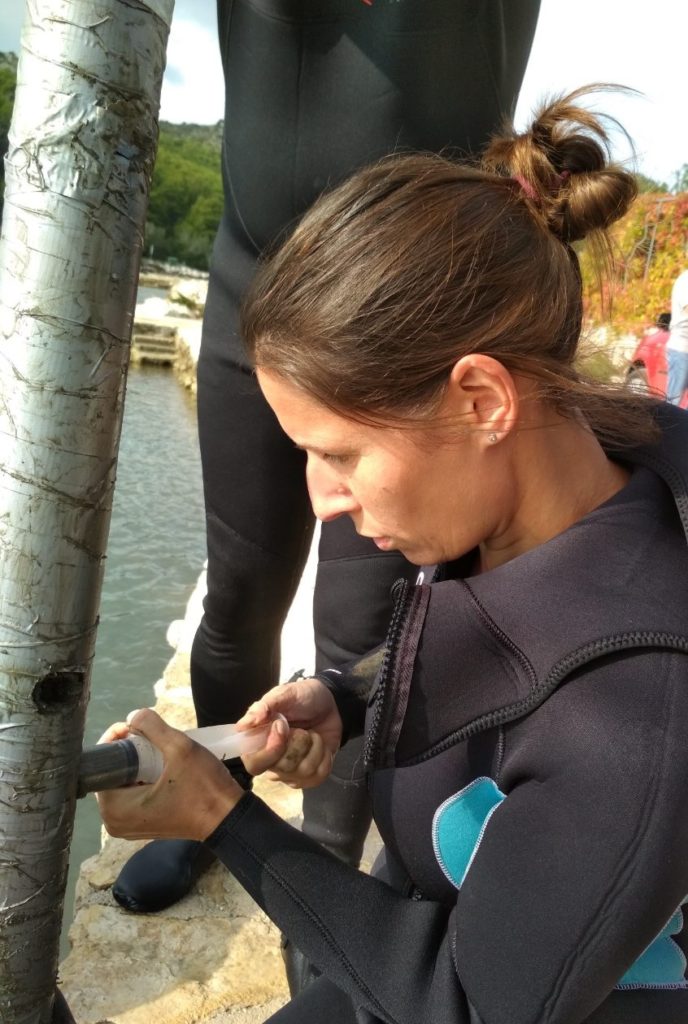
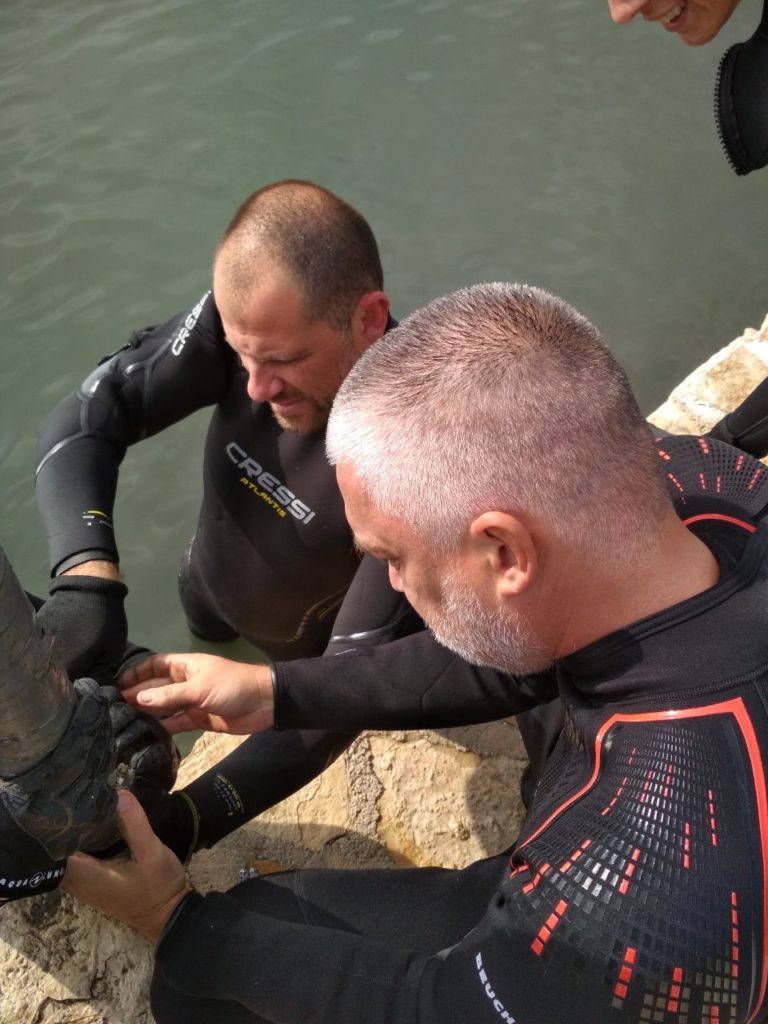
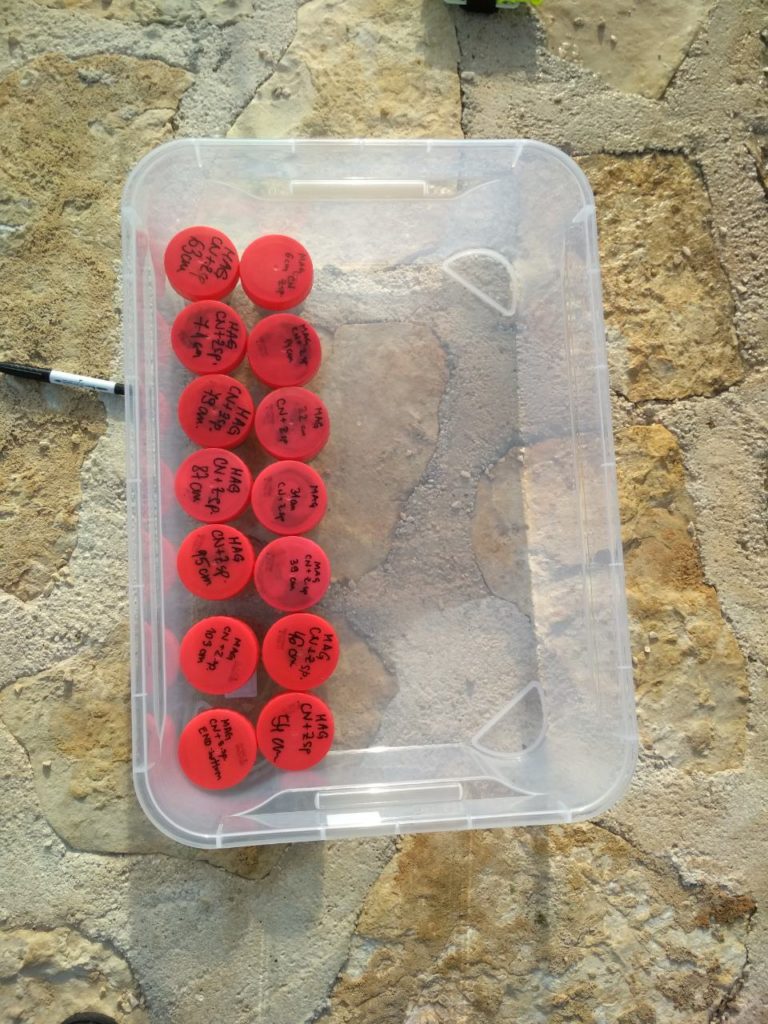
Field research was conducted in several bays of the Telašćica Nature Park. It included sampling of sediment by cores and sampling of seagrass biomass of Neptune seagrass within the square size defined by the methodology,
On the field, we encountered many obstacles that we successfully surpassed. Blue carbon research is complex, and it all starts with very complex sampling. This sampling requires several very skilful SCUBA divers, a favorable and appropriate location, cores that must be sticked into the sediment to a depth more than 1.5 meters with the help of a large sledge hammer and the same is taken out with the help of a – mechanic car lift!
At the end of the field trips, the samples were taken over by the University of Zadar, which conducted further analyzes in their laboratory. The amount of carbon in sediment, the amount of carbon in living seagrass, the source and dating (age) of carbon – all these are elements that need to be known in order to properly manage the meadows given their role as a blue carbon sinks – something that is still unknown and needs futher research in Croatia.
The situation with the coronavirus crisis slowed down the project activities, but something that was being worked on all the time was the main activity of the project, and that is – compiling guidelines for the implementation of blue carbon in the new management plan of the Telašćica Nature Park. We participated in several meetings and consultations that over the course of several months resulted in a final product ready for implementation as soon as the revision of the current Park Management Plan begins.
Greater attention focused on Posidonia meadows as an important habitat and its added value as a blue carbon sink is something we certainly support and hope will become something that other marine protected areas will include in their management plans.
What we consider extremely important in every project in which we participate is – education – not only employees, members and volunteers who carry out project activities, but the general public and especially young people and children on whom the world remains. With this in mind, we conducted several educational workshops for local pupils of Petar Lorini Elementary School from Sali. We have already hung out with them through some other projects, so pupils already had some background knowledge on Posidonia, and through these workshops we gave them another additional perspective of this strange sea plant. We connected continental meadows with this sea meadows, how similar and how different they are; we talked about the strange reproductive cycle of Posidonia with its floating olive-like fruits and explained to them the concept of blue carbon sinks and how important it can play in something we all feel – climate change. In addition to this story time, we had to show something practical also – so the students got acquainted with our research and the equipment we use and what are the complexities that characterize underwater research, and especially research of Posidonia. Certainly we all agreed that Posidonia is extremely important for all of us and that we need to continue to protect it and spread knowledge about it and its ecosystem services so that there are as many of its “lovers” and as few who fear it as “the dark in the sea in which everything is hidden “.
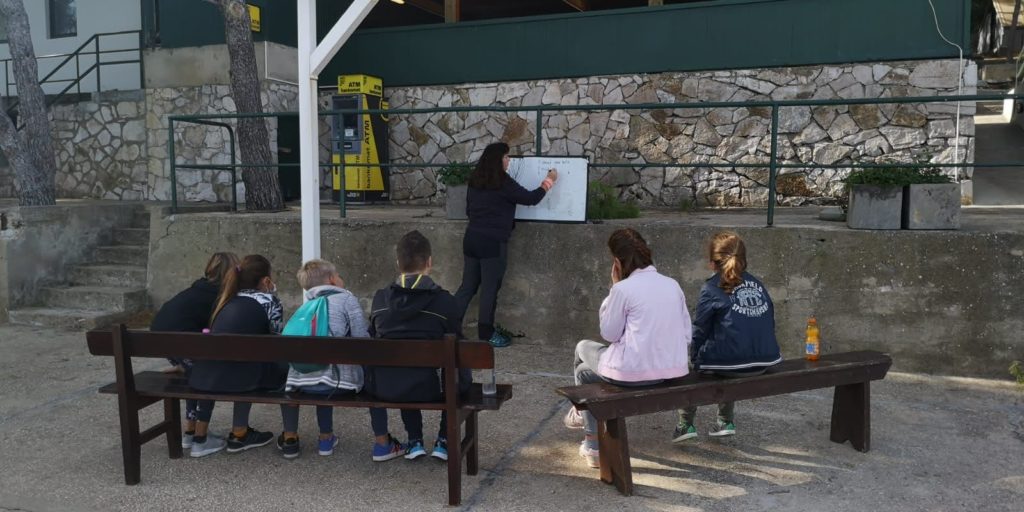
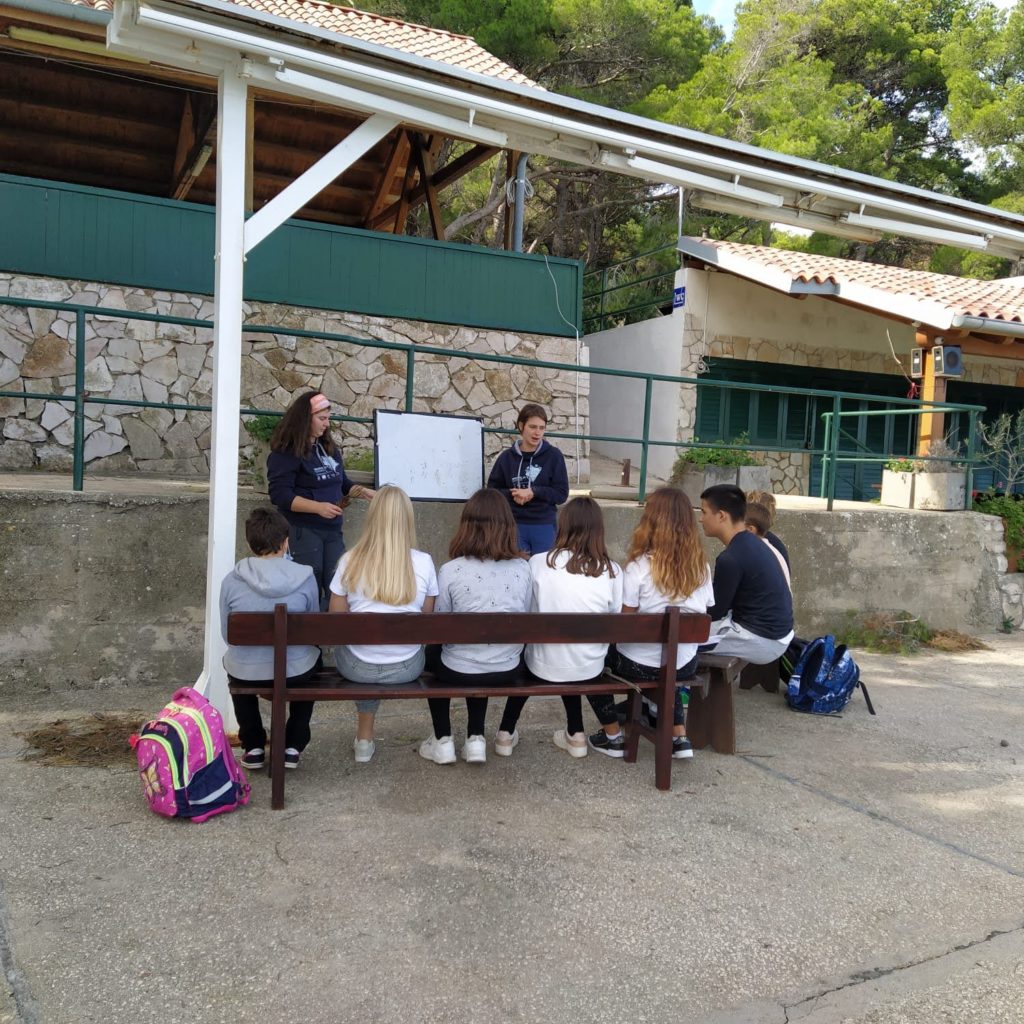
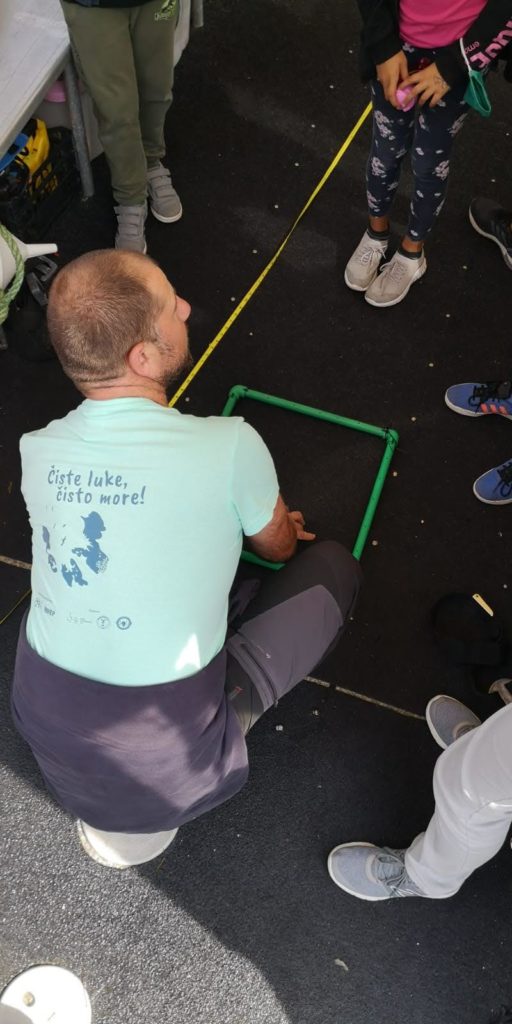
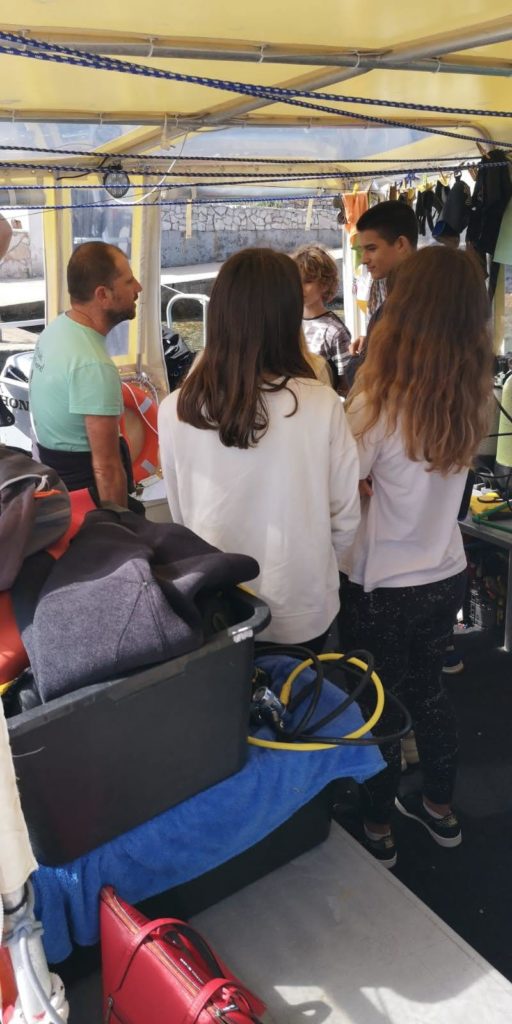
The project was successfully concluded with another workshop with stakeholders of the blue sector and the nature protection sector – this time in the online edition! At the workshop / conference, all the results of the project were presented as well as the final guidelines that will be implemented in the management plan.

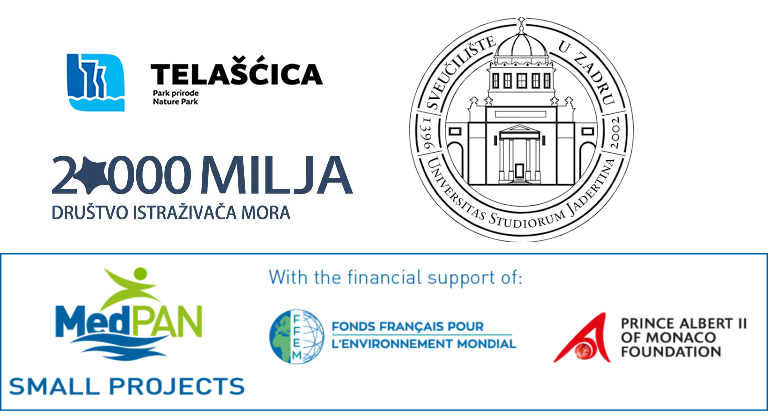
The project “Development of Guidelines for the Implementation of Blue Carbon in the MPA Telašćica Management” was co-financed by the MedPAN organization (Network of Marine Protected Areas Managers in the Mediterranean).
This project was implemented in partnership with the Public Institution of the Telašćica Nature Park, which was also the main partner of the project, with 20,000 leagues Society and the University of Zadar (Department of Ecology, Agronomy and Aquaculture).
2025 © Marine Explorers Society 20.000 leagues. ALL Rights Reserved.
